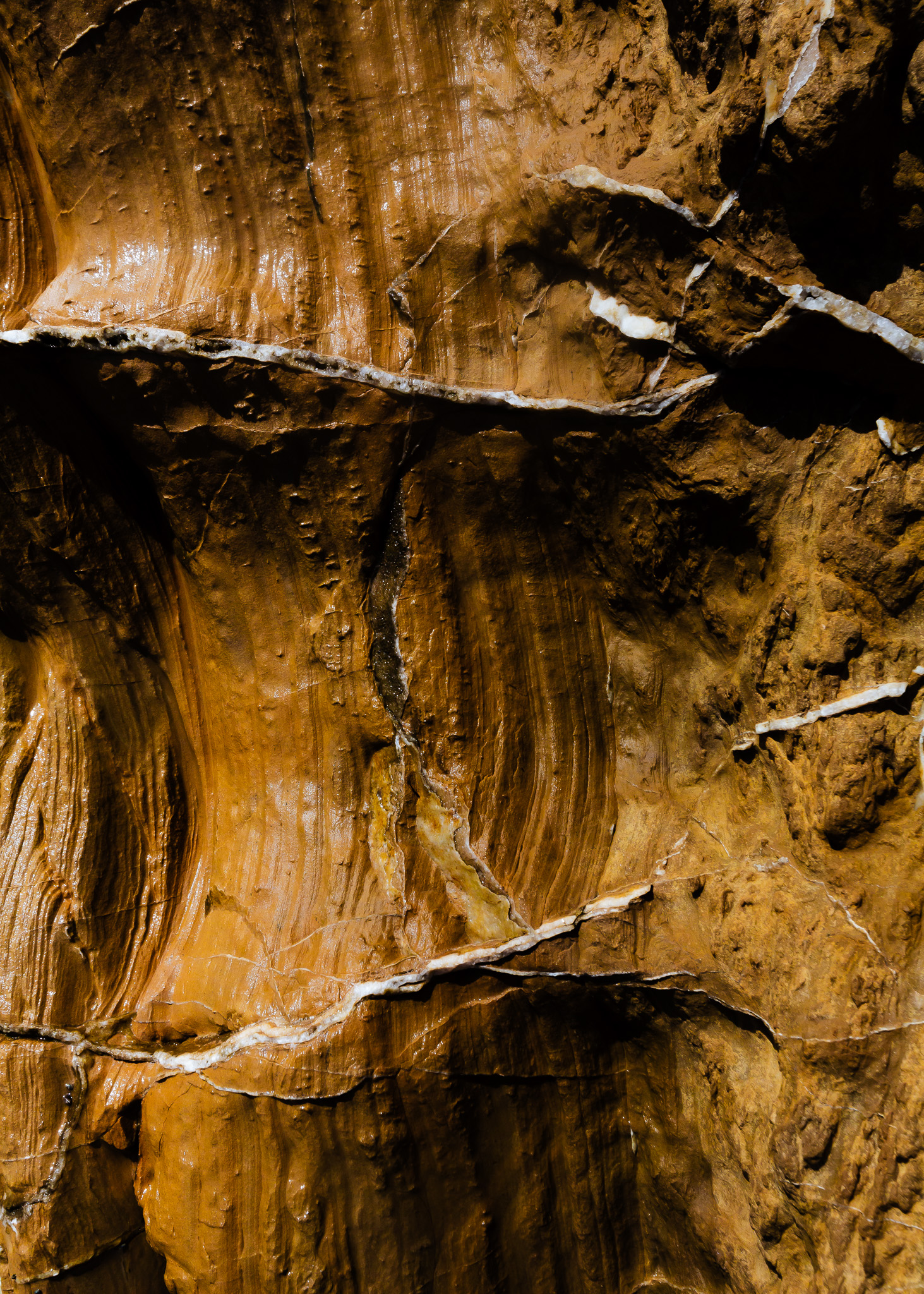“Karst” 2020 - Current
A "Cala" represents a complex coastal formation where diverse processes converge with significant variability. One of the primary contributors to this formation is karst, resulting from the dissolution of calcareous rocks, which also form the basis for many caves. Additionally, changes in oceanic and marine basin capacity contribute significantly to the formation of these coastal features.
The coastline itself is in a constant state of evolution, shaped by the interactions of three fundamental mediums: the solid medium of land, the liquid medium of sea and freshwater, and the gaseous medium of the atmosphere. These interactions lead to dynamic changes over time, influencing the morphology of coastal landscapes in distinct ways.
Each medium undergoes specific dynamics that contribute to the overall evolution of coastal morphology. These processes are highly variable and influenced by factors such as geological structures, ocean currents, tides, weather patterns, and human activities. The intricate interplay among these elements results in the diverse and ever-changing forms seen in coastal areas worldwide.
The coastline itself is in a constant state of evolution, shaped by the interactions of three fundamental mediums: the solid medium of land, the liquid medium of sea and freshwater, and the gaseous medium of the atmosphere. These interactions lead to dynamic changes over time, influencing the morphology of coastal landscapes in distinct ways.
Each medium undergoes specific dynamics that contribute to the overall evolution of coastal morphology. These processes are highly variable and influenced by factors such as geological structures, ocean currents, tides, weather patterns, and human activities. The intricate interplay among these elements results in the diverse and ever-changing forms seen in coastal areas worldwide.




